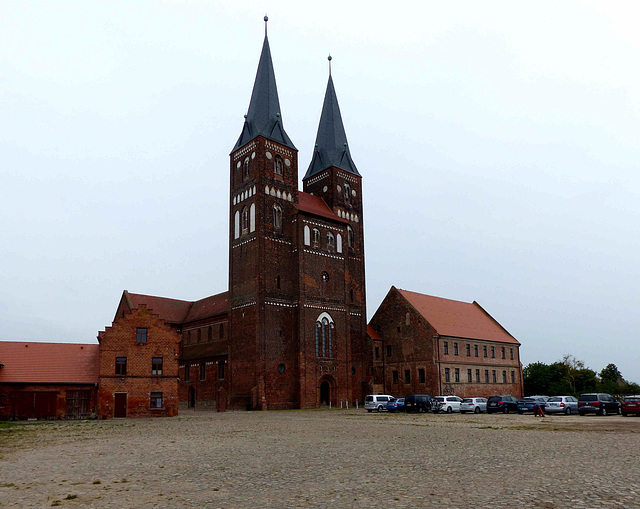Jerichow - Kloster Jerichow
Jerichow - Kloster Jerichow
Jerichow - Kloster Jerichow
Jerichow - Kloster Jerichow
Jerichow - Kloster Jerichow
Jerichow - Kloster Jerichow
Jerichow - Kloster Jerichow
Jerichow - Kloster Jerichow
Jerichow - Kloster Jerichow
Jerichow - Kloster Jerichow
Jerichow - Kloster Jerichow
Jerichow - Kloster Jerichow
Jerichow - Kloster Jerichow
Jerichow - Kloster Jerichow
Güsen - Dorfkirche
Jerichow - Stadtkirche
Engersen - Dorfkirche
Engersen - Dorfkirche
Wiepke - Dorfkirche
Wiepke - Dorfkirche
Wiepke - Dorfkirche
Gardelegen - Salzwedeler Tor
Gardelegen - Nikolaikirche
Gardelegen - Nikolaikirche
Gardelegen - Marienkirche
Gardelegen - Marienkirche
Gardelegen - Rathaus
Magdeburg - St. Sebastian
Magdeburg - St. Sebastian
Magdeburg - St. Sebastian
Magdeburg - Kloster Unser Lieben Frauen
Magdeburg - Dom
Magdeburg - Dom
Magdeburg - Dom
Magdeburg - Dom
Magdeburg - Dom (PiP)
Magdeburg - Dom
Magdeburg - Dom
Magdeburg - Dom
Magdeburg - Dom (PiP)
Magdeburg - Dom
Magdeburg - Dom
Magdeburg - Dom
Magdeburg - Dom
Magdeburg - Dom
Magdeburg - Korkmaz Imbiss
Stolberg Harz
Location
See also...
See more...Keywords
Authorizations, license
-
Visible by: Everyone -
All rights reserved
-
42 visits
Jerichow - Kloster Jerichow


The Slavs built Jerichow Castle (the name is of Slavic origin - "castle of the brave" - so not biblical) to defend their western border. Jerichow was first mentioned at the end of 1144 when Premonstratensian canons founded the Jerichow Monastery. In 1148 the canons relocated the site because of the disturbing market activity.
The monastery was founded in 1144 as a Premonstratensian monastery. The first Premonstratensian canons came from Magdeburg. In 1149 the construction of the collegiate church was started. In 1172 the church and the east wing were completed. Then, between 1180 and 1200, the construction of a crypt took place. In addition, the church was extended by the side choirs and the construction of the winter refectory and the office building followed. The summer refectory and the cloister were built between 1220 and 1230. Around the year 1250, the construction of the monastery buildings was finally completed.
The two prominent towers were built in front of the church only in 1256-1262. Accordingly, they show predominantly Gothic forms.
After the Reformation, Jerichow Monastery was dissolved in the 16th century. The last canons had to leave the monastery. During the Thirty Years' War, the Premonstratensians returned. In 1631 imperial and Swedish troops devastated the monastery building. In 1680 Jerichow finally became under Brandenburg rule. On the orders of Elector Friedrich Wilhelm of Brandenburg, the collegiate church was restored in 1685 and used as a new Reformed church for the Huguenot refugees.
Between 1853 and 1856, the monastery and its church were restored at the request of King Frederick William IV of Prussia, but around 1870 it was used as a brewery and distillery.
At the end of WWII, the western facade of the church was damaged. After the war there was a fire in the roof truss. Between 1955 and 1960, in GDR times, the monastery church was repaired and the Romanesque interior was restored. The damage to the other buildings was severe. In 1998, the entire monastery complex had to be closed by the building authorities due to structural damage.
Thus, in 1998, the entire complex had to be placed under the protection of the building supervisory authority and closed as unsafe and unfit for use. Further repair and restoration work in 1999 lifted the order, but it continued for several years.
The monastery was founded in 1144 as a Premonstratensian monastery. The first Premonstratensian canons came from Magdeburg. In 1149 the construction of the collegiate church was started. In 1172 the church and the east wing were completed. Then, between 1180 and 1200, the construction of a crypt took place. In addition, the church was extended by the side choirs and the construction of the winter refectory and the office building followed. The summer refectory and the cloister were built between 1220 and 1230. Around the year 1250, the construction of the monastery buildings was finally completed.
The two prominent towers were built in front of the church only in 1256-1262. Accordingly, they show predominantly Gothic forms.
After the Reformation, Jerichow Monastery was dissolved in the 16th century. The last canons had to leave the monastery. During the Thirty Years' War, the Premonstratensians returned. In 1631 imperial and Swedish troops devastated the monastery building. In 1680 Jerichow finally became under Brandenburg rule. On the orders of Elector Friedrich Wilhelm of Brandenburg, the collegiate church was restored in 1685 and used as a new Reformed church for the Huguenot refugees.
Between 1853 and 1856, the monastery and its church were restored at the request of King Frederick William IV of Prussia, but around 1870 it was used as a brewery and distillery.
At the end of WWII, the western facade of the church was damaged. After the war there was a fire in the roof truss. Between 1955 and 1960, in GDR times, the monastery church was repaired and the Romanesque interior was restored. The damage to the other buildings was severe. In 1998, the entire monastery complex had to be closed by the building authorities due to structural damage.
Thus, in 1998, the entire complex had to be placed under the protection of the building supervisory authority and closed as unsafe and unfit for use. Further repair and restoration work in 1999 lifted the order, but it continued for several years.
- Keyboard shortcuts:
Jump to top
RSS feed- Latest comments - Subscribe to the comment feeds of this photo
- ipernity © 2007-2024
- Help & Contact
|
Club news
|
About ipernity
|
History |
ipernity Club & Prices |
Guide of good conduct
Donate | Group guidelines | Privacy policy | Terms of use | Statutes | In memoria -
Facebook
Twitter

Auch von der anderen Elbseite sieht man sie aus der Ferne, besonders vom Kloster in Tangermünde
Sign-in to write a comment.